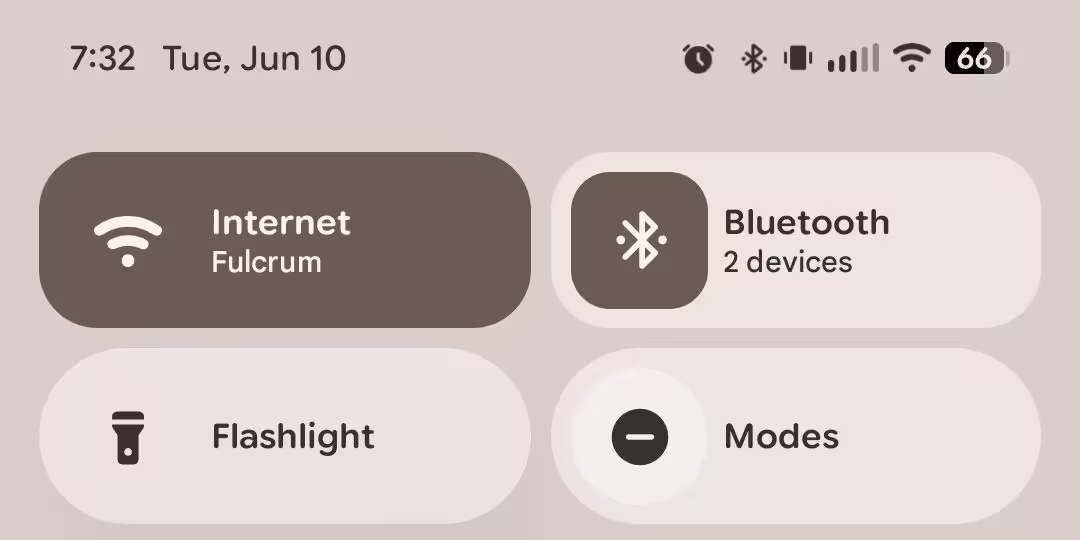3 Minutes
Google’s upcoming Android 16 brings an important visual update aimed at improving both user privacy and the overall Wi-Fi connectivity experience. A recent developer preview reveals that Android 16 will introduce new Wi-Fi network icons on the quick settings screen, designed to prevent the accidental sharing of sensitive network information, such as Wi-Fi SSIDs (Service Set Identifiers).
Android 16 Aims for Privacy by Hiding Wi-Fi Network Names
Currently, most Android users can view the name of their connected Wi-Fi network directly from the quick settings panel. While convenient, this feature poses a privacy risk. In public places or while screen recording, the Wi-Fi network name—including potentially sensitive details about a user's location or workplace—may be visible to anyone nearby or anyone who watches the recording. Recognizing this vulnerability, Google will remove SSID displays from the quick settings section and introduce simple, non-descriptive icons instead.

In the Android 16 Developer Preview 2, rather than listing the actual Wi-Fi network name, users are presented with a generic Wi-Fi icon and, if connected to a Personal Hotspot, a distinctive hotspot icon. These minimalist visuals communicate connectivity status without revealing private network details. According to the Android development team, this change is part of a broader effort to safeguard user privacy in various everyday digital scenarios.
A Closer Look at Android 16's Redesigned Connectivity Symbols
Images released from the latest Android 16 build showcase the new Wi-Fi indicators in action. When connected to Wi-Fi, instead of seeing your home or office network’s SSID, the interface shows a generic Wi-Fi symbol. If you are connected via a device's hotspot, a different icon—depicting a device emitting Wi-Fi—appears. These intuitive visuals quickly inform users about their current connectivity status, while keeping sensitive details hidden from prying eyes.
Notably, the Android 16 update doesn’t remove the ability to view your currently connected network altogether. Users can still access SSID information by navigating to the full Wi-Fi settings screen, keeping essential functionality intact for those who need it. This selective hiding ensures a balance between usability and privacy, enhancing peace of mind in situations where exposure might be risky.

The new design is a continuation of Google’s ongoing refinements to the Android interface, responding to evolving privacy concerns and user feedback. With the growing use of screen recordings, online meetings, and in-person interactions involving shared devices, these subtle but meaningful changes can help prevent accidental data leaks.
Conclusion
Android 16 marks a thoughtful step forward in addressing privacy challenges related to wireless connectivity. By replacing SSID displays with easily recognizable icons in the quick settings panel, Google minimizes the risk of inadvertent information exposure—all without sacrificing functionality. As this update rolls out in the stable release of Android 16, users can look forward to a safer, cleaner, and more private experience each time they check their device’s Wi-Fi status.
Source: 9to5google


.avif)
Comments